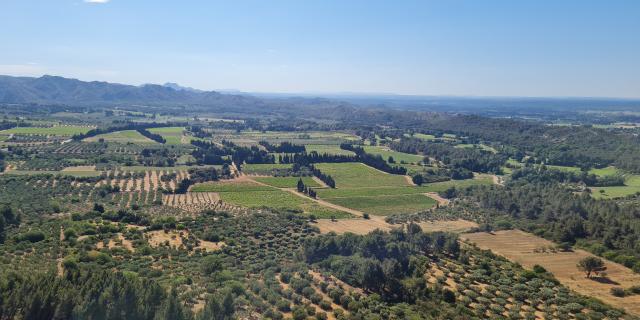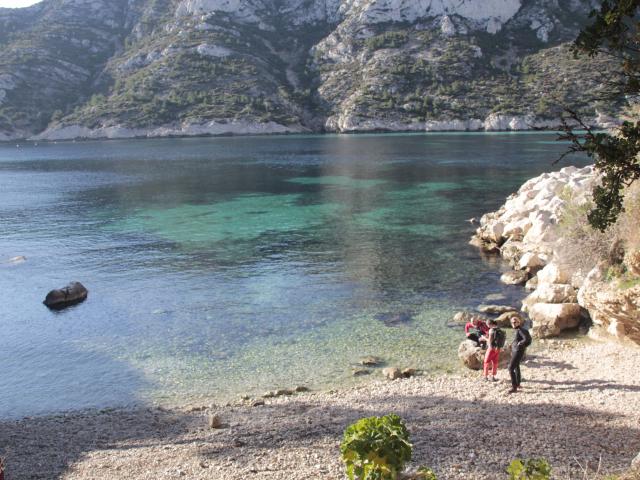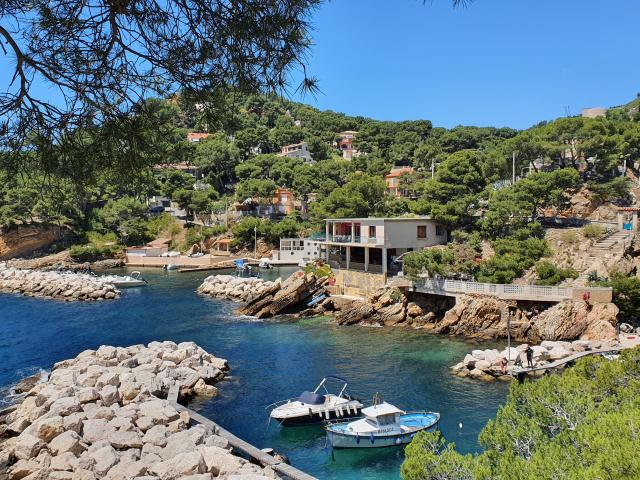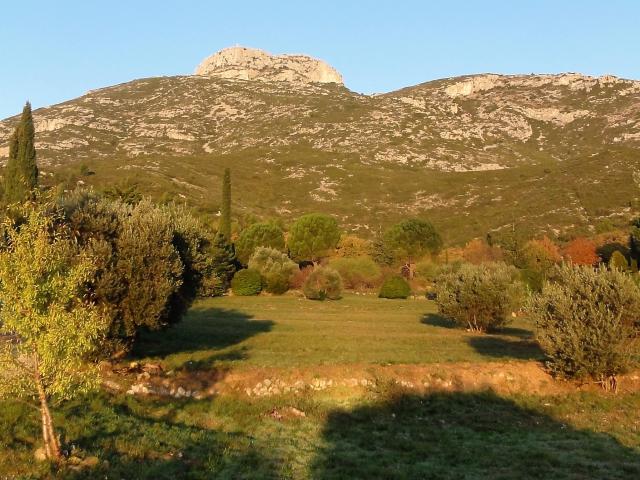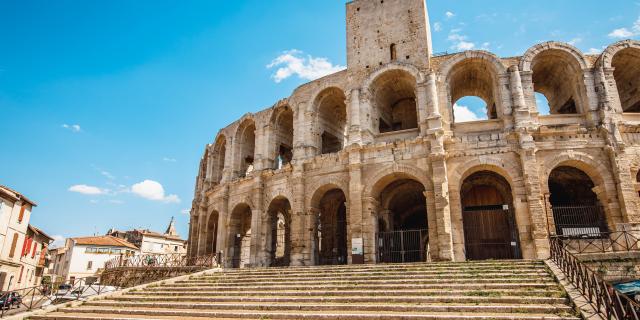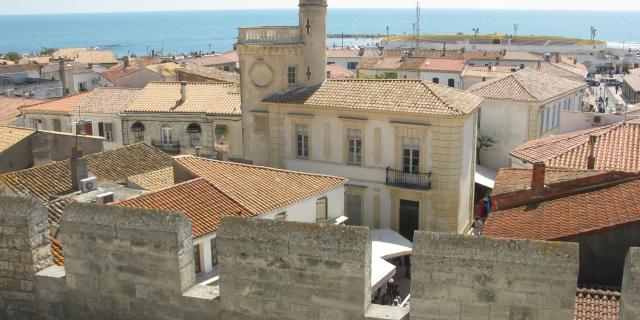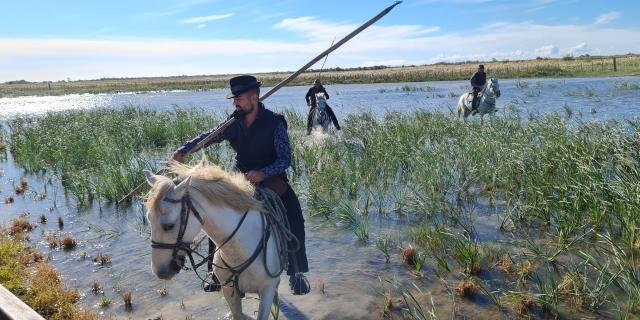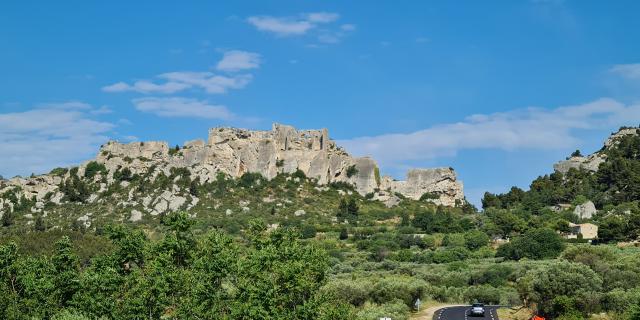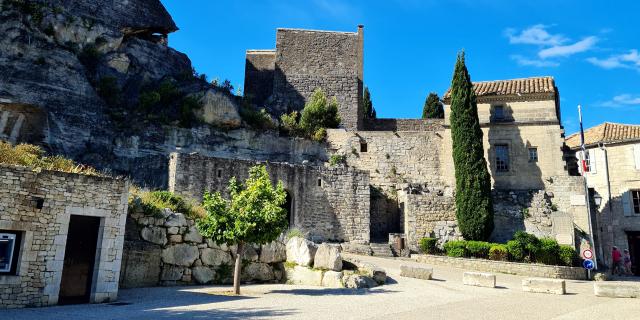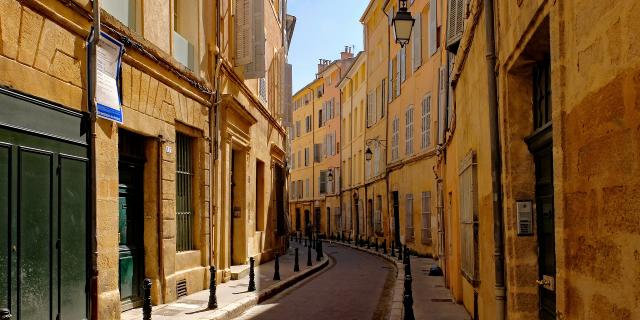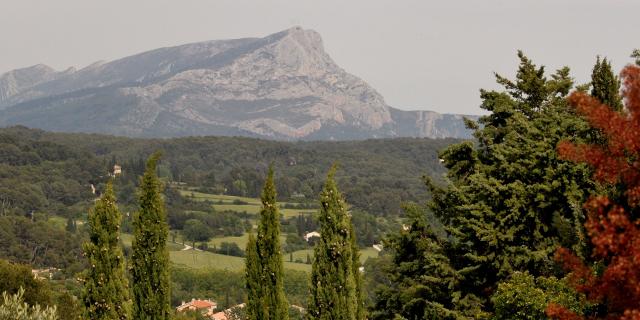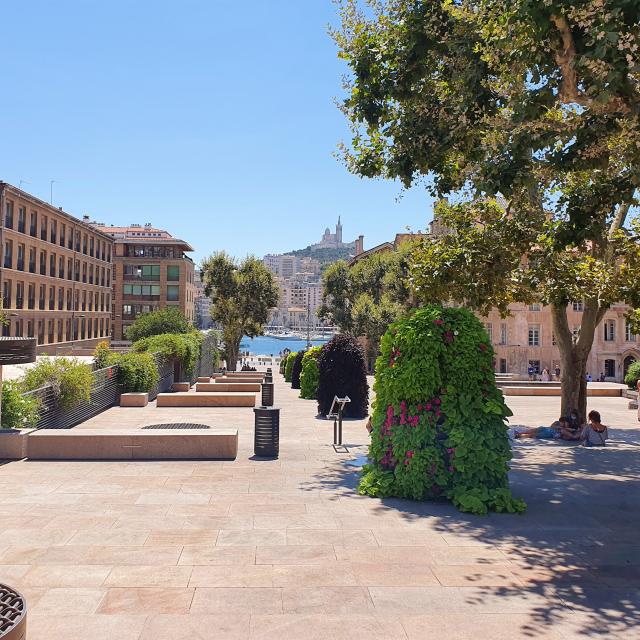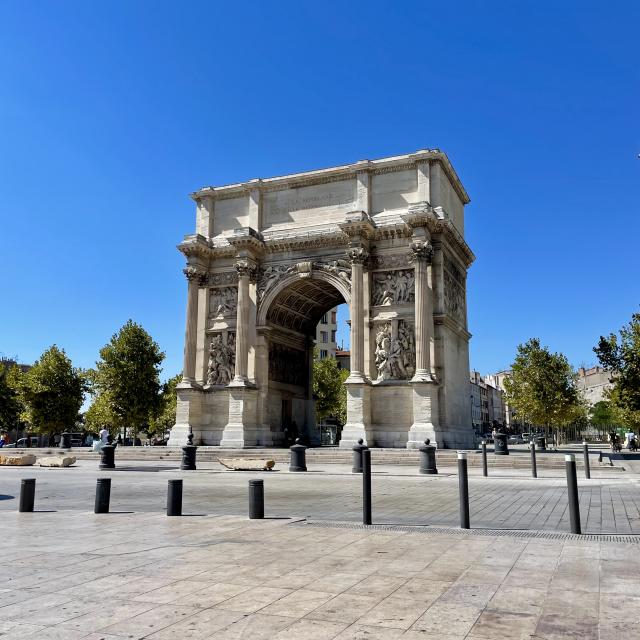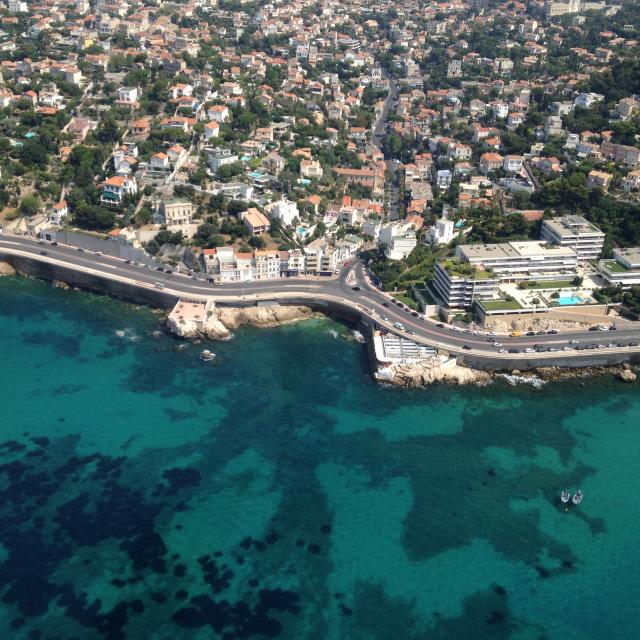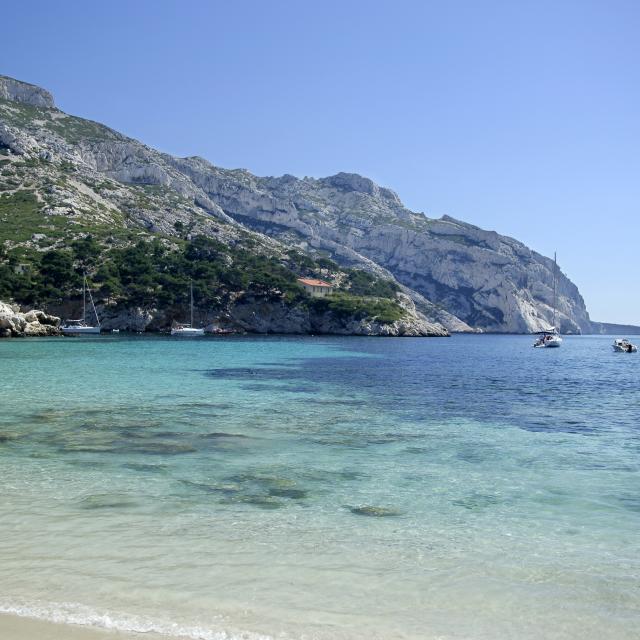Day 1: Marseille, a tourist and cultural destination
Marseille, the city of 111 districts
Stretching from l’Estaque in the north to the small ports in the south, which open onto the calanques, Marseille has no fewer than 111 districts, each with its own distinctive character.
For your first day in this cosmopolitan city, we invite you to head for the tourist areas, starting with the Cours Julien in the Notre-Dame-du-Mont district. Here you’ll discover frescoes and street art painted on the walls and staircases. An artistic district par excellence, you can enjoy a concert in one of the many small venues available.
Then head down the Canebière, Marseille’s most famous pedestrian avenue, towards the Old Port. Every morning there is a market selling fresh produce. You’ll be able to see the stalls selling freshly caught fish. On the port, stop off under the shade designed by British architect Norman Foster, which catches the eye of passers-by with its mirror-like effects.
Continue on to the 2nd arrondissement, where you’ll discover Marseille’s historic Panier district. With its narrow, colourful, leafy streets, this typically Marseillais spot is perfect for strolling around and window-shopping in the artisanal boutiques. The producers of the TV series ‘Plus belle la vie’ drew inspiration from this area to create the fictional Mistral district. Numerous restaurants welcome you to sample Mediterranean specialities based on seafood.
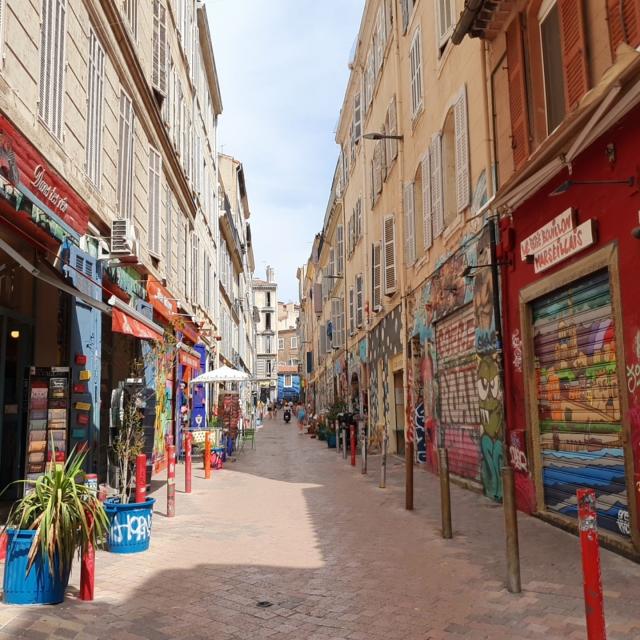
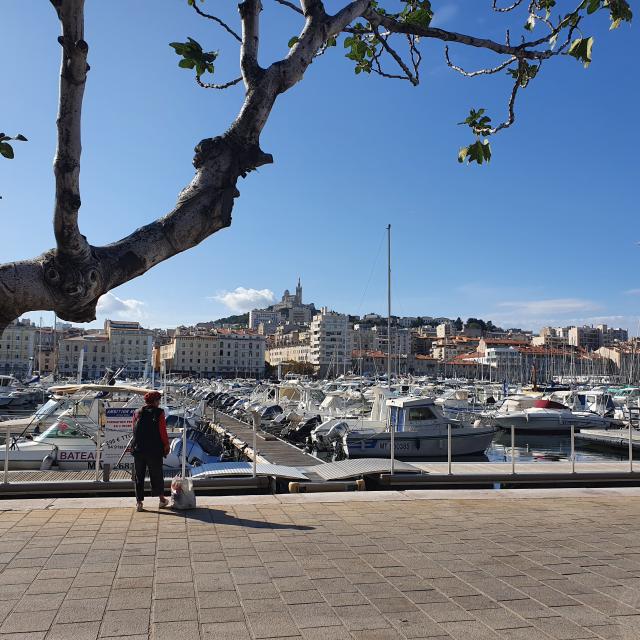
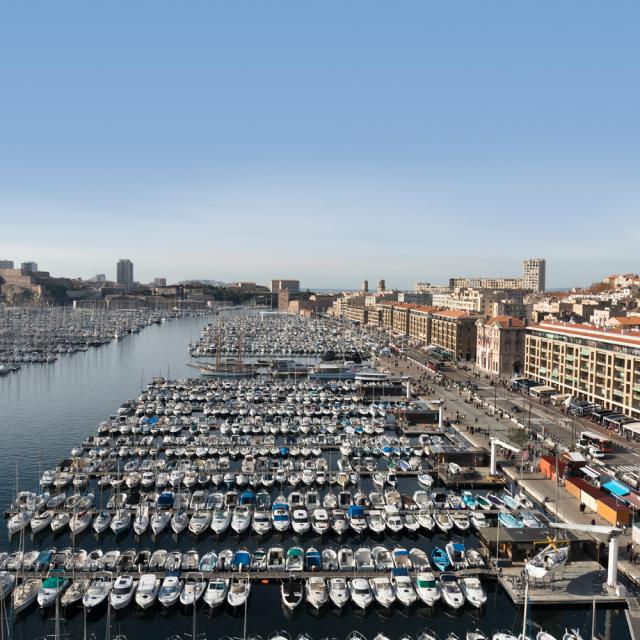
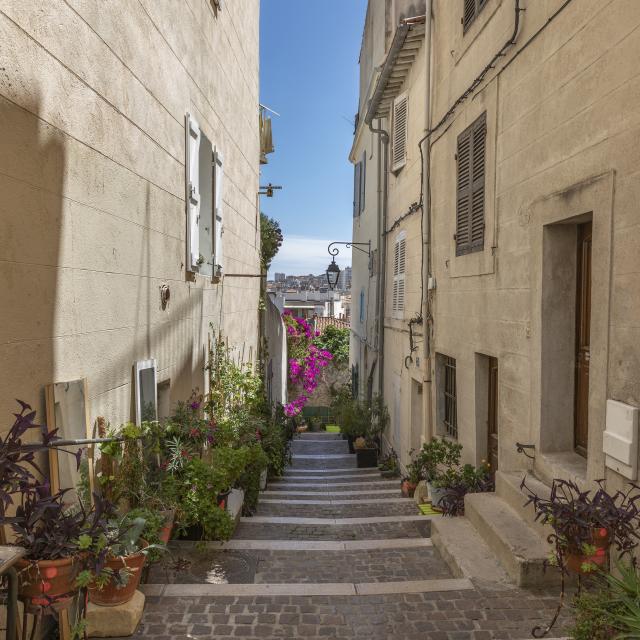
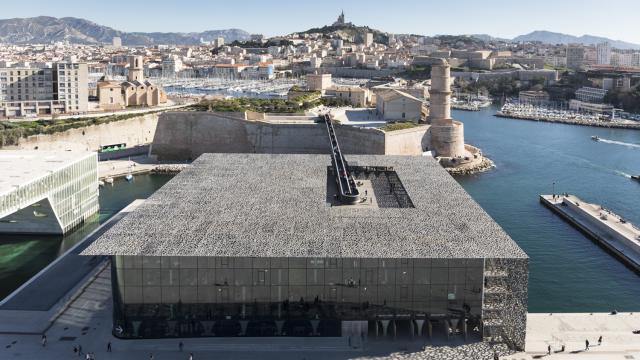
Mucem, the gateway to the Mediterranean
In the early afternoon, set off to discover the Mucem, France’s first major museum dedicated to the Mediterranean, inaugurated in 2013 by President François Hollande. Located on the esplanade of the J4, the museum offers permanent and temporary exhibitions that attract countless visitors every year. A must-see during your stay in Marseille, it is a place where history, archaeology, anthropology, art history and contemporary art meet.
Marseille, between sea and hills
Do you love the great outdoors? Marseille is full of remarkable natural sites, both close to the sea and to the mountains. Le Parc National des Calanques (Calanques National Park) covers the municipalities of Marseille, Cassis and La Ciotat, and offers a host of signposted trails for exploring the heritage treasures of the southern region. In the various creeks, you can swim in the turquoise waters of the Mediterranean.
To the north of Marseille, near l’Estaque, lies the Côte Bleue, a haven of peace made up of small ports, beaches and coves. It’s the perfect place to capture a few snapshots of your stay in Provence.
If you’ve read the works of Marcel Pagnol, you’ll certainly want to follow in his footsteps to discover the places where he grew up, particularly the hills of the Garlaban massif.
